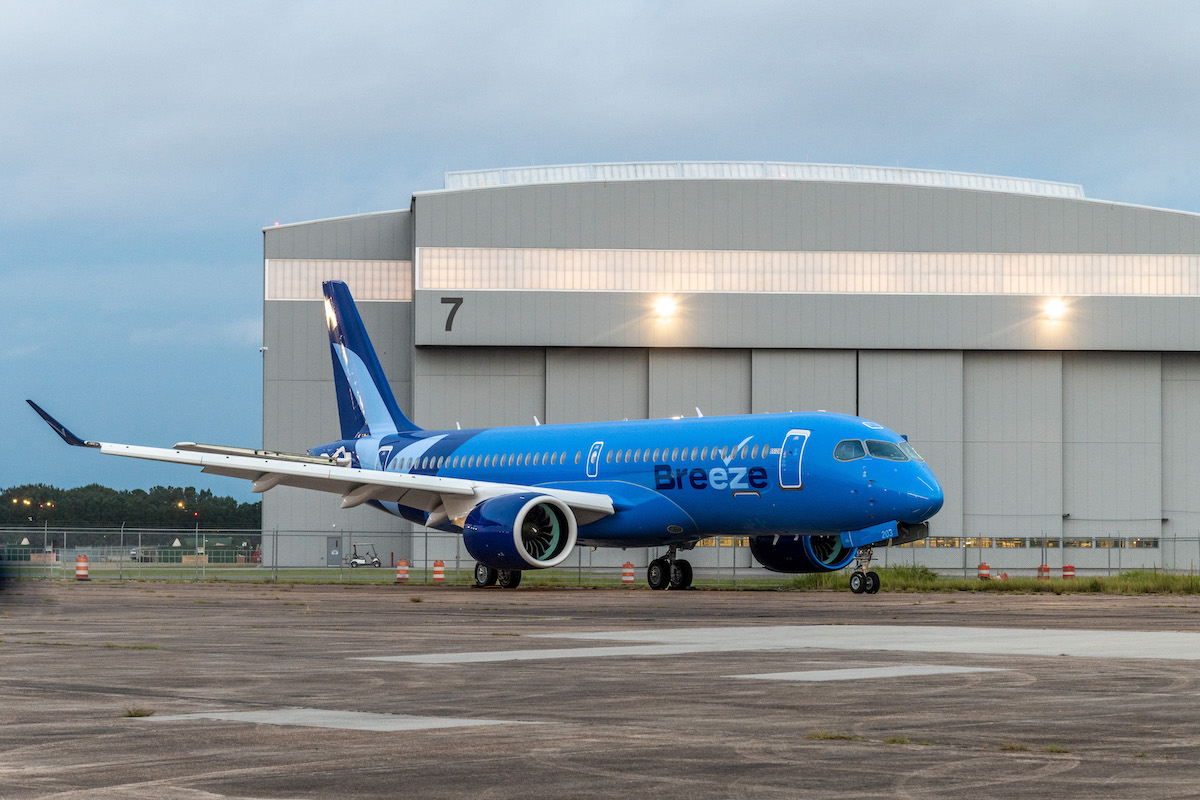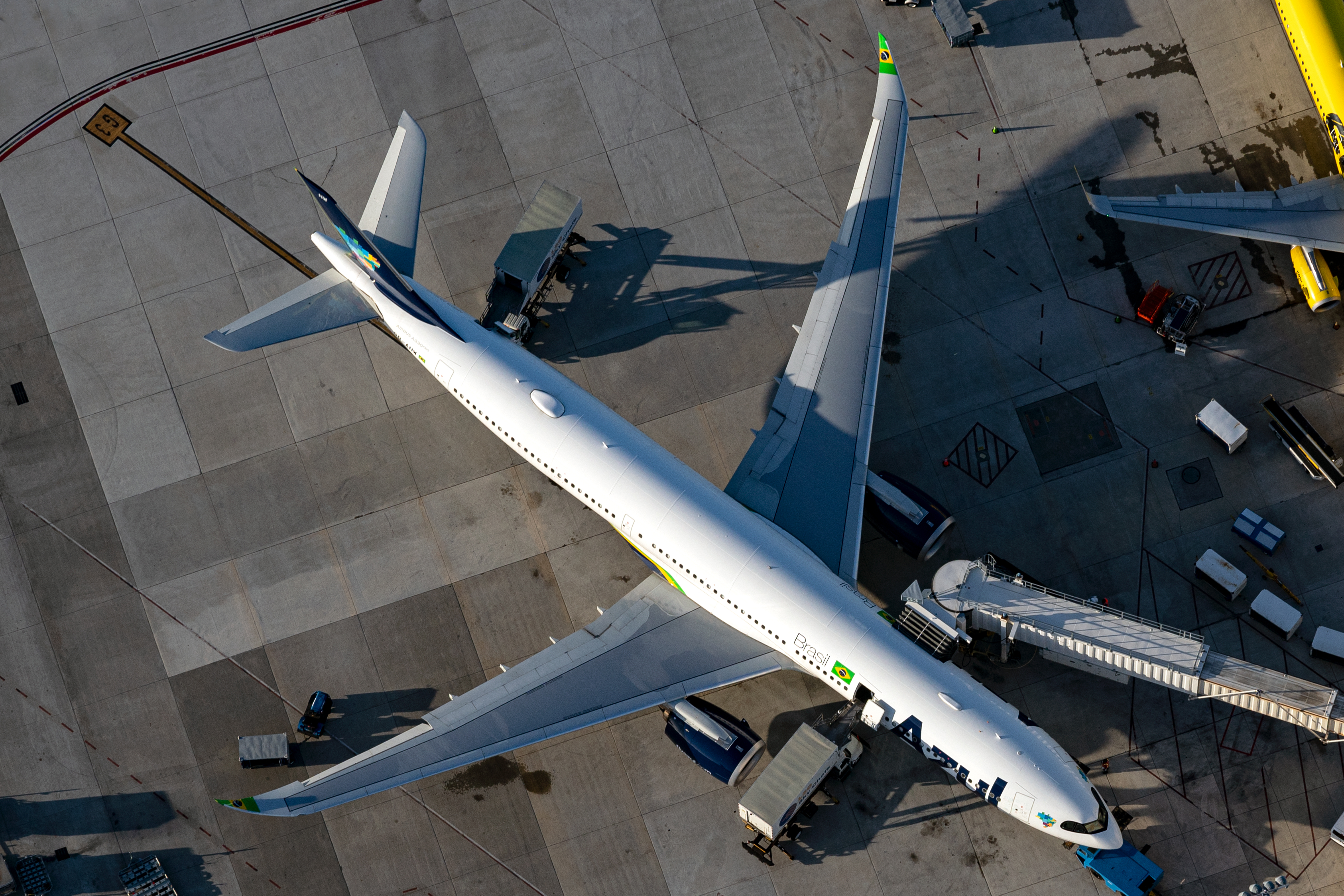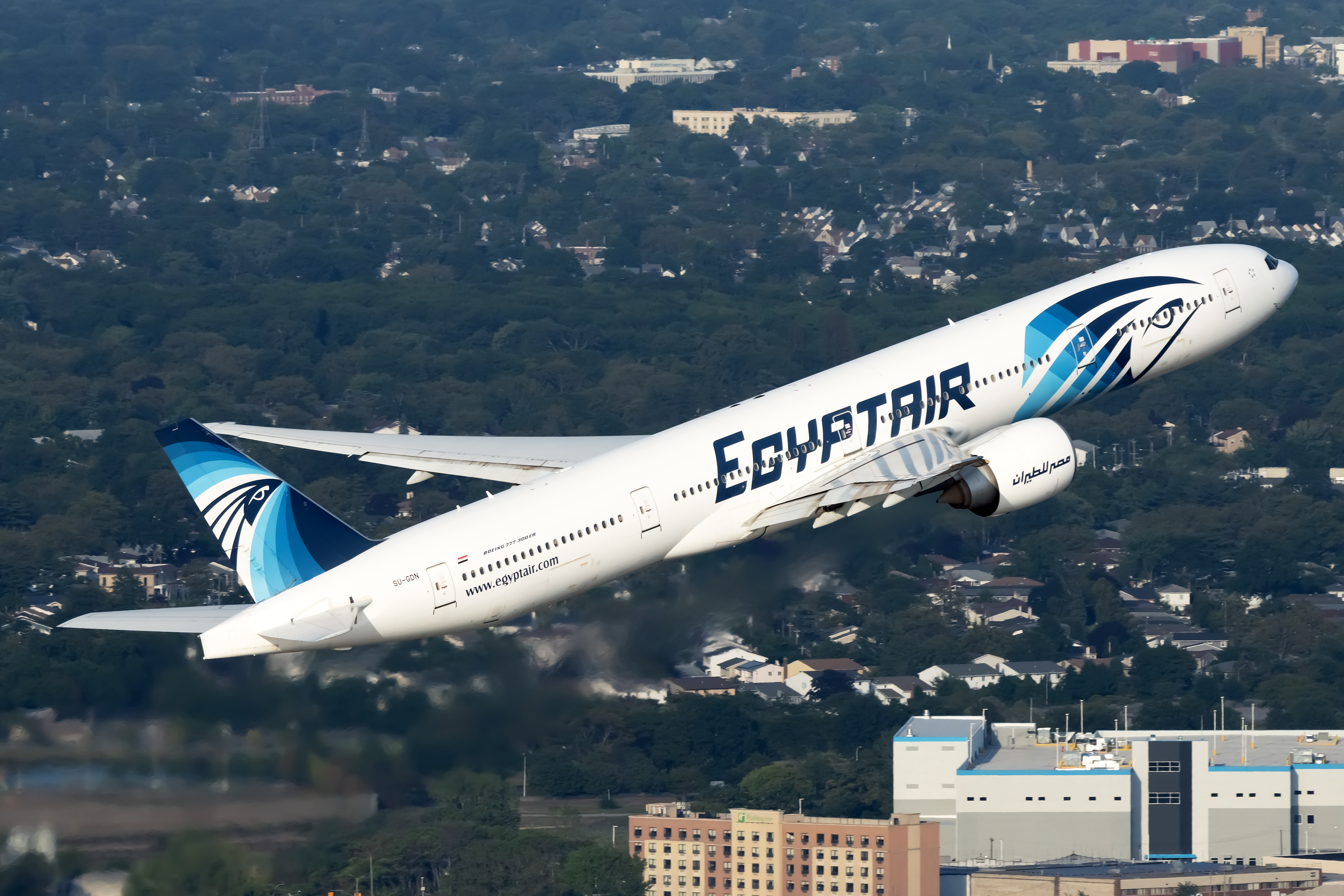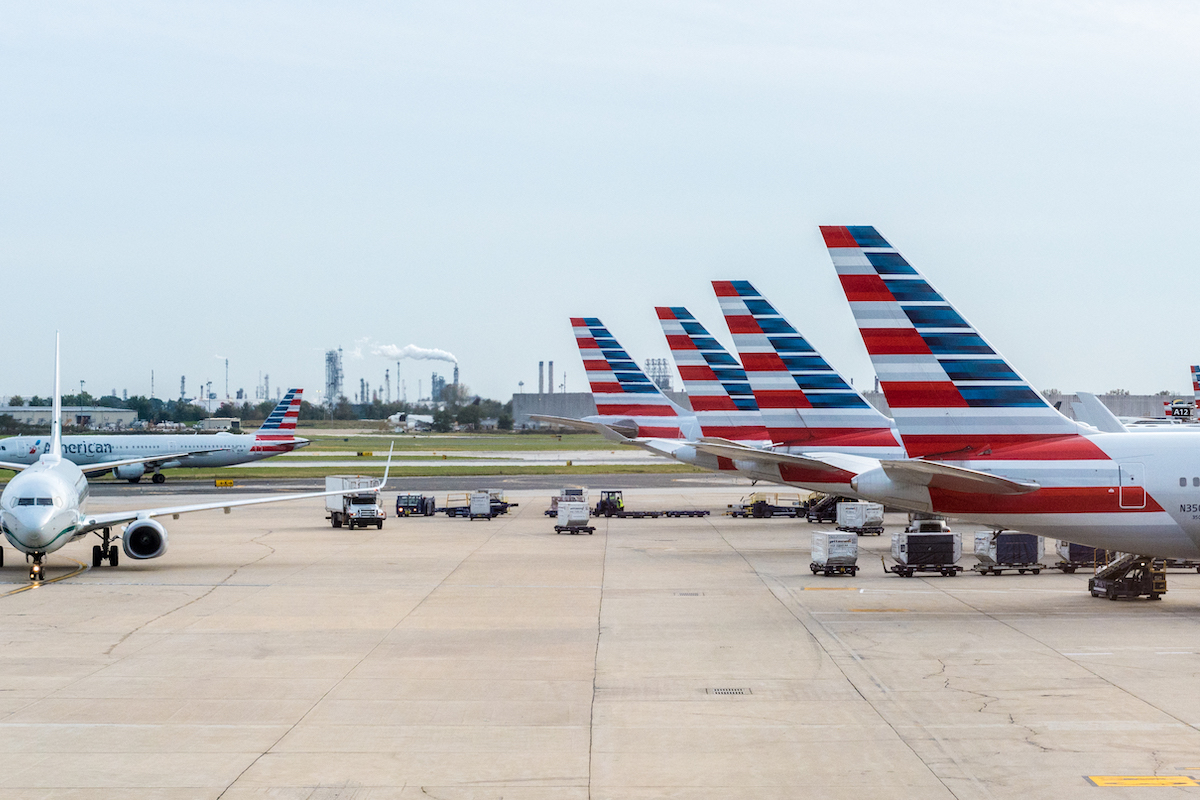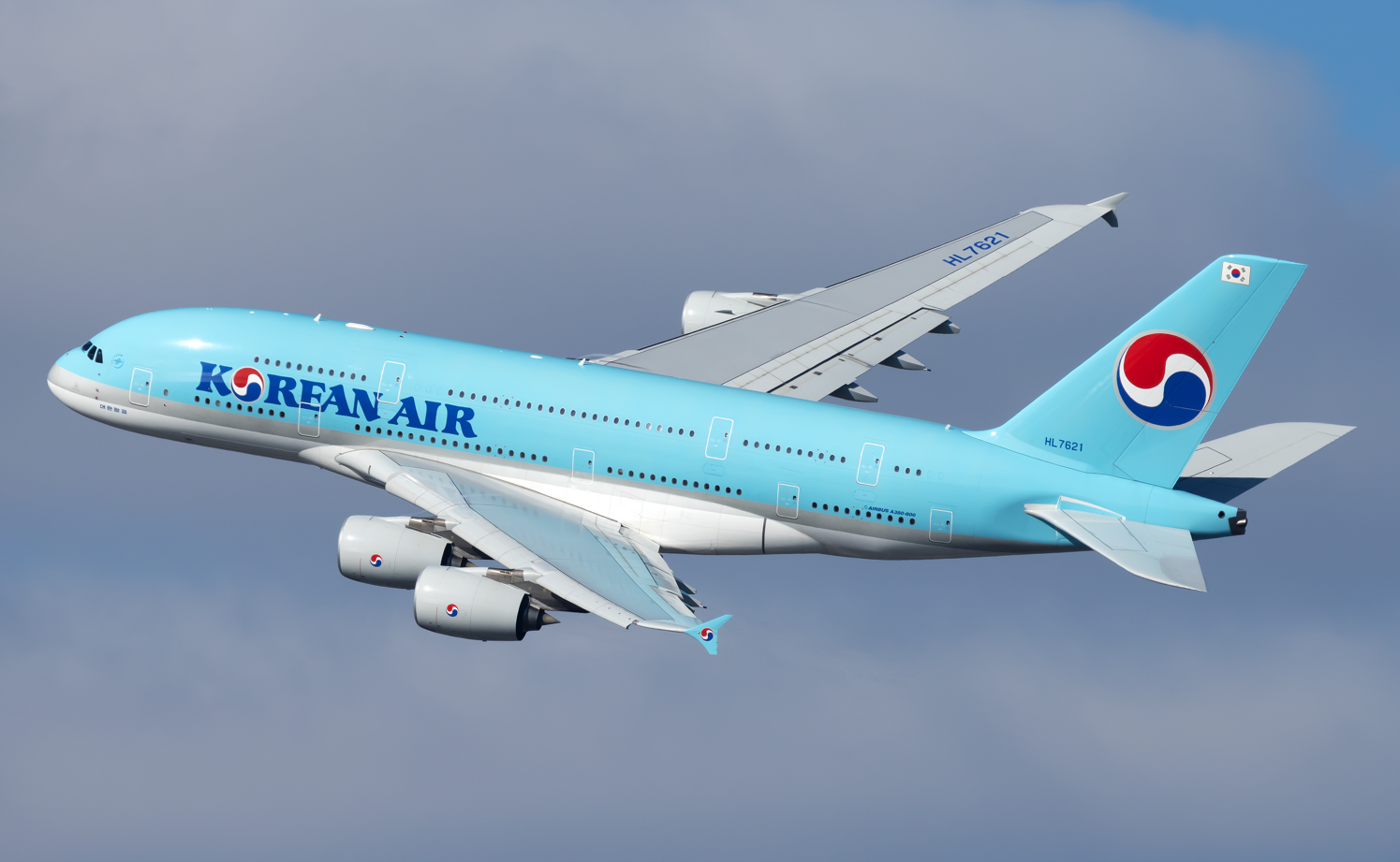Is the Korean Air-Asiana Merger Enough To Ease Asia's Airline Glut?
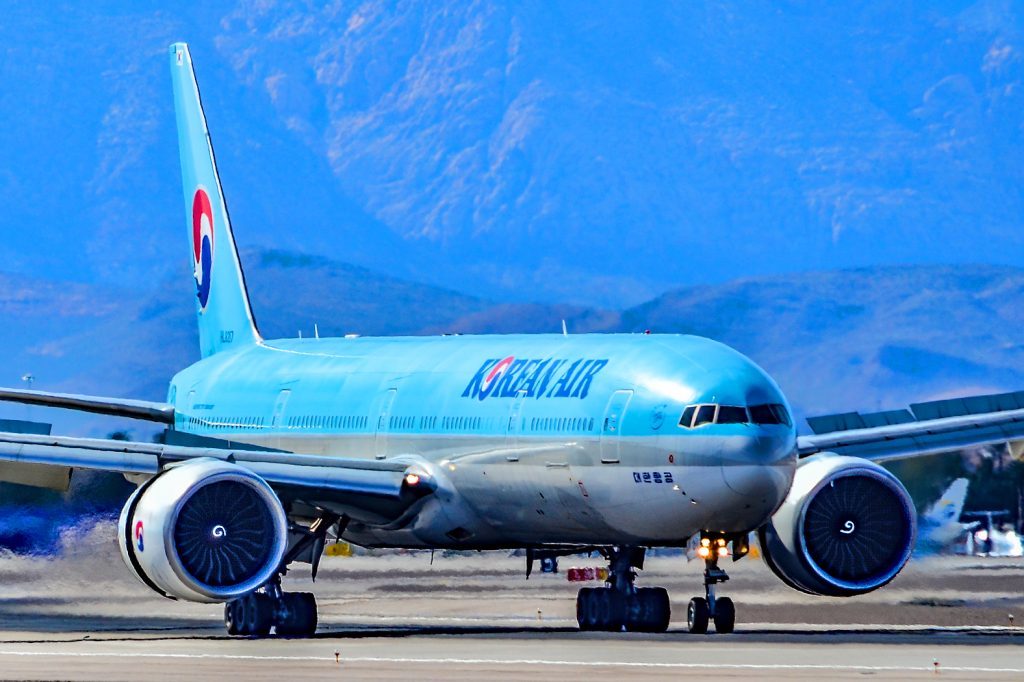
Are there too many fish in the Asian airline sea? That's the question this week's Airline Weekly Feature Story asked. And the answer came today with news that there may soon be one fewer fish, now that Korean Air seems poised to acquire beleaguered rival Asiana.
The news broke after the Korean Development Bank said it would invest more than $700 million in Korean Air's parent company, Hanjin KAL. Korean Air said it will acquire Asiana for $1.8 billion. In a statement, Hanjin said Korea's population couldn't support two full-service airlines, putting its airline industry at a competitive disadvantage with countries like Germany, which has only one full-service carrier in Lufthansa.
No airline merger is simple, and this one won't be, financially, operationally, and culturally. But both airlines are based in the same country and operate under the same laws and regulations and don't have to worry about things like ownership and control, which has bedeviled other mergers.
This is one reason, of course, why the U.S. airline industry consolidated first in the early 2000s. Again, no merger is simple, but because no U.S. airline had to worry about ownership and control and meeting the requirements of different legal jurisdictions, the process was comparatively straightforward. The same holds somewhat true of European consolidation, helped by the EU's single set of rules and regulations, but more complicated than in the U.S., because of the differing laws of each member state.
But Asia is completely different. As we argue in our Feature Story, consolidation within countries is possible and is happening, most recently with today's news from Korea. Consolidation across borders is less likely to happen. But it's not impossible. The weakness of several airlines in the region — Malaysia Airlines, Thai Airways, even AirAsia — could force governments to rethink transnational mergers.
The region's airline overcapacity is not likely to subside soon even if a vaccine reignites international travel, given that most airlines are planning for a return to 2019 levels only by 2024. Even by 2019 levels, the Asia-Pacific region was over-served. So watch this space for if governments become more open to the transnational mergers the region needs.
Up Next
Breeze Airways' Big Break: A ULCC Finally Profits
Setting the Scene for a Brazilian Airline Mega-Merger
Why Egypt Is an Airline Market Worth Watching
The U.S. Airlines Growing and Shrinking in 2025
What Does 2025 Mean for the Airline Industry?
In this week’s episode, Gordon Smith and Jay Shabat turn their attention to the year ahead. Going region-by-region, the pair share the emerging stories that are on their radar for 2025 and beyond.
